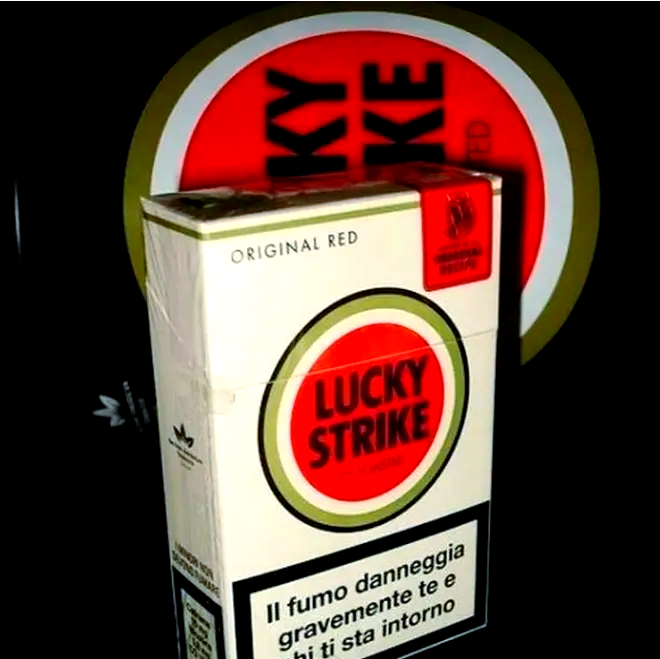Title: The Invisible Erosion: How Smoking Accelerates Periodontal Bone Loss
For decades, the image of a smoker has been associated with yellowed teeth and bad breath. However, the most devastating damage caused by tobacco use occurs not on the surface, but hidden beneath the gum line, where it wages a silent war on the very foundation of our teeth: the alveolar bone. While periodontal disease is a multifactorial infection affecting a significant portion of the global population, smoking acts as a potent accelerant, dramatically increasing the rate and severity of periodontal bone loss. This relationship is not merely correlational; it is a direct consequence of a complex interplay of biological sabotage orchestrated by the thousands of chemicals in tobacco smoke.
Periodontal health is a delicate equilibrium between the bacterial biofilm (plaque) that naturally forms on teeth and the body’s robust immune defense system. The bone surrounding and supporting the teeth is not a static structure but a dynamic tissue constantly being remodeled. Periodontitis, the severe form of gum disease, begins when specific pathogenic bacteria trigger a chronic inflammatory response. The body, in its attempt to fight off the invading bacteria, unleashes a cascade of inflammatory mediators, such as cytokines (e.g., interleukin-1 and tumor necrosis factor-alpha) and enzymes (e.g., matrix metalloproteinases). In a healthy response, this reaction is controlled and targeted. However, in periodontitis, this inflammation becomes dysregulated and excessive, leading to the breakdown of the periodontal ligament and, crucially, the resorption of the alveolar bone. The balance tips from bone formation to bone destruction.
Smoking aggressively disrupts this already precarious balance, accelerating bone loss through several distinct yet interconnected mechanisms.
1. The Vascular Strangulation: One of the most immediate effects of smoking is vasoconstriction—the narrowing of blood vessels. Nicotine and other toxins cause the peripheral blood vessels, including those in the gingival (gum) tissues, to constrict. This drastically reduces blood flow, oxygen, and nutrient delivery to the periodontal structures. A poorly perfused gum tissue becomes pale, thin, and more vulnerable to injury. More critically, this impaired blood supply weakens the host’s first line of defense. Essential immune cells, antibodies, and inflammatory cells cannot reach the site of infection in effective numbers or in a timely manner. This creates an environment where pathogenic bacteria can thrive with less opposition, allowing them to penetrate deeper and cause more damage to the underlying bone.
2. The Immune System Sabotage: Smoking exerts a profound immunosuppressive effect. It compromises the function of key immune cells vital for periodontal health. Neutrophils, the first responders to bacterial invasion, exhibit impaired chemotaxis (their ability to migrate to the infection site) and phagocytosis (their ability to engulf and destroy bacteria). This functional deficiency means bacterial clearance is significantly delayed and inefficient. Furthermore, smoking alters the function of fibroblasts, the cells responsible for producing the connective tissue and collagen that hold the teeth in place, and osteoblasts, the cells that form new bone. The result is a crippled defense system that cannot effectively combat infection and a compromised capacity for repair and regeneration.
3. The Inflammatory Firestorm: Paradoxically, while suppressing the protective aspects of immunity, smoking simultaneously hyper-activates the destructive inflammatory pathways. Smokers exhibit significantly higher levels of pro-inflammatory cytokines in their gingival tissues compared to non-smokers. This heightened inflammatory state means that the body’s response to bacterial plaque is disproportionately aggressive. The excessive production of enzymes like matrix metalloproteinases breaks down the collagen in the periodontal ligament and bone matrix at an accelerated rate. The scale tips overwhelmingly in favor of bone resorption over formation. Research has consistently shown that smokers have higher levels of biomarkers associated with bone breakdown in their gingival crevicular fluid.
4. The Microbial Shift: A healthy mouth contains a diverse ecosystem of bacteria. Smoking dramatically alters this oral microbiome, creating a environment that favors the growth of more virulent, periodontopathogenic species. Studies indicate that the subgingival plaque in smokers has a higher prevalence and proportion of notorious pathogens like Porphyromonas gingivalis, Treponema denticola, and Tannerella forsythia—the very bacteria most strongly associated with tissue destruction and bone loss. This shift towards a more pathogenic biofilm load means the initial insult to the periodontium is far greater.
5. The Masking Effect and Delayed Diagnosis: A particularly insidious aspect of smoking-related periodontitis is its ability to hide its own severity. The vasoconstriction that reduces blood flow also minimizes the classic signs of inflammation: redness, swelling, and bleeding upon probing. A smoker’s gums may appear deceivingly healthy despite harboring advanced disease underneath. This often leads to a delayed diagnosis, as both the patient and the clinician may be fooled by the lack of obvious symptoms. By the time the disease is detected—often because of tooth mobility or abscess formation—significant and irreversible bone loss has already occurred.
The clinical implications are stark and undeniable. Smokers are two to seven times more likely to develop severe periodontitis than non-smokers. They experience more rapid disease progression, respond less favorably to non-surgical and surgical periodontal therapies, and have a higher rate of tooth loss. Even dental implants, a common solution for missing teeth, face a significantly higher risk of failure in smokers due to impaired osseointegration—the process by which the implant fuses with the jawbone.

In conclusion, smoking does not just increase the risk of periodontal disease; it fundamentally changes its nature, transforming it into a more aggressive and stealthy destroyer of bone. It orchestrates a perfect storm of reduced defenses, heightened destruction, and a more hostile bacterial environment, all while cloaking its progress. Understanding this accelerated pathway of bone loss is crucial for both healthcare providers in emphasizing the absolute necessity of smoking cessation and for patients in recognizing that quitting tobacco is not just about lung health, but is perhaps one of the most significant actions they can take to preserve their smile and their natural teeth for a lifetime. Cessation intervention must be an integral, non-negotiable component of any periodontal treatment plan.










